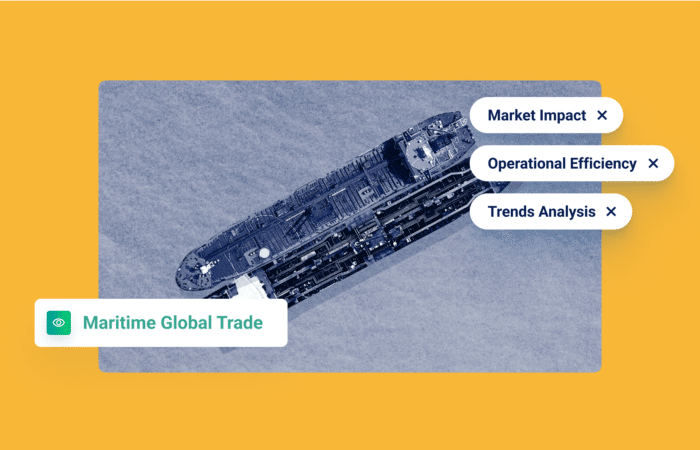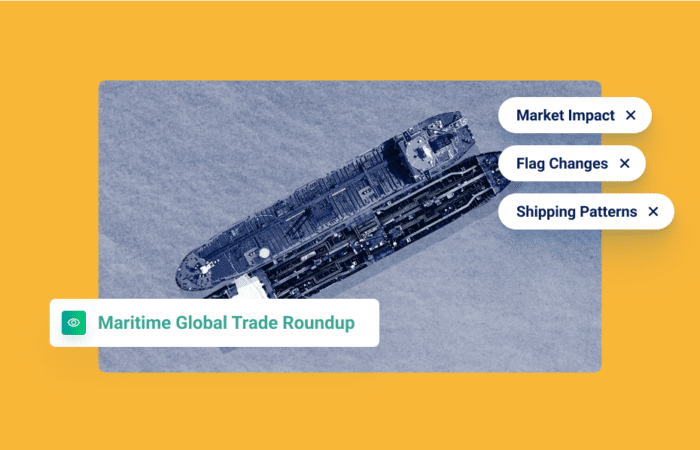What’s inside?
During the ICS event in Glasgow, our team quickly understood how the industry feels about the impending emission reduction targets set by the IMO. Overall, there was a sense of determination to change and achieve, in some cases, even exceed the goals. The attendees announced net-zero plans, making it clear that the shipping industry is serious about making changes for the better. There was, however, one elephant in the room: no concrete, actionable solutions were provided or discussed.
The solution gap
Where were the solutions that would enable the great promises made that day? Where were the experts and technology companies holding the answers to the excellent questions that the panelists raised? The feeling was that of clearly understanding the problem. But not of how the industry will reach emission reduction targets. “What you can measure, you can manage,” said William Fairclough, the Managing Director at Wah Kwong Maritime Transport Holdings Limited. But where and how do you start measuring?
If we look only at carbon emissions linked to sea transports, fuel consumption data might seem like enough. However, most vessels don’t have IoT devices, and noon reports aren’t a reliable enough data tool. For example, we found that about 20% of noon-reported data is inaccurate. This makes it very challenging to rely on for building an effective decarbonization strategy.
How do you get there?
So without IoT devices on board all vessels, how do you get to a reasonable estimation of fuel consumption? Here are three things that can help set the industry on the right path forward:
1. Measure:
To make meaningful reductions, you first need to know you stand. Measuring emissions independently from noon reports allows stakeholders to have a data-backed reference point, which is important to help spot and correct human mistakes in fuel consumption reports.
2. Manage:
Stakeholders need to maximize strategic planning in terms of fleet optimization, vessel vetting, portfolio monitoring, and new vessel acquisition. To help them get there, we are building a model that can provide a historical profile of a vessel’s fuel consumption and emissions, benchmarked against similar vessels.
3. Optimize:
You can’t effectively manage without the ability to look and plan ahead. Therefore, stakeholders need predictive tools to optimize commercial decisions at a pre-fixture stage and evaluate expected carbon costs. This way, they can assess fuel consumption and emissions for future voyages and curb costs down the line. Commercial requirements for now will still be part of the game, but predictive platforms can still help optimize within them.
And then what?
Lord Browne, who spoke at the ICS panel, said, “it is very possible to reduce carbon emissions by 20%, just by getting the software right [to optimize voyage operations], and by another 20% if you optimize the supply chain [reducing demurrage, for instance].”
But none of this will be possible without proper visibility between all parties – charterer, owners, and ship management teams. Technology can bring the needed visibility to align stakeholders and optimize towards a common target. In the meantime, the limited communication and siloed approach is costing the industry. For example, as the volume of emissions becomes as pressing as ever, who should pay for the ETS is a growing concern.
Now is the time to take action rather than push blame or responsibility on others. By leaning on strong tech partners, the industry can reach the kind of visibility that will bring every player one step closer to meaningful emission reduction targets.















